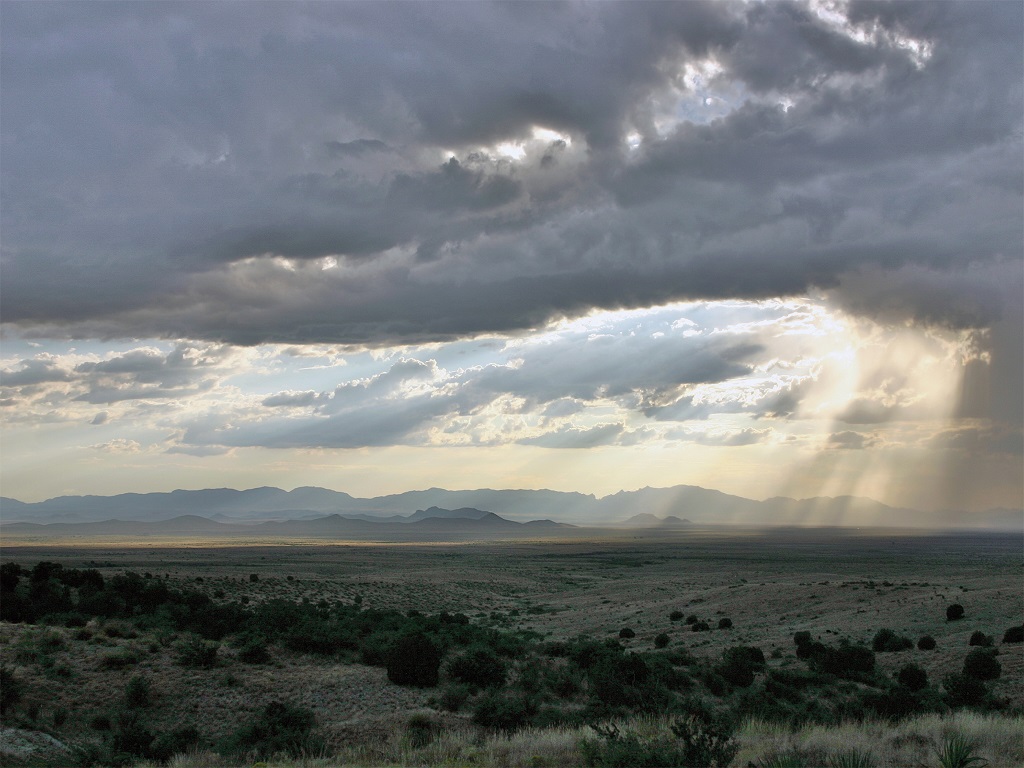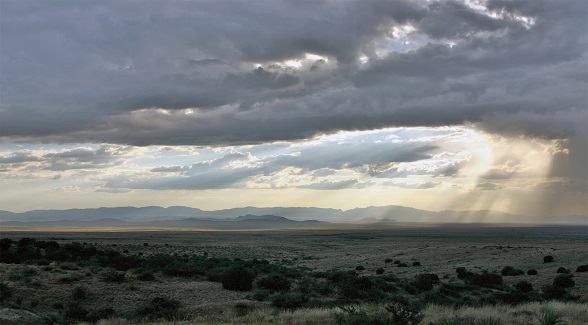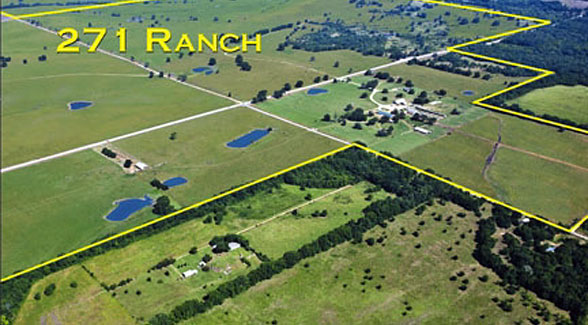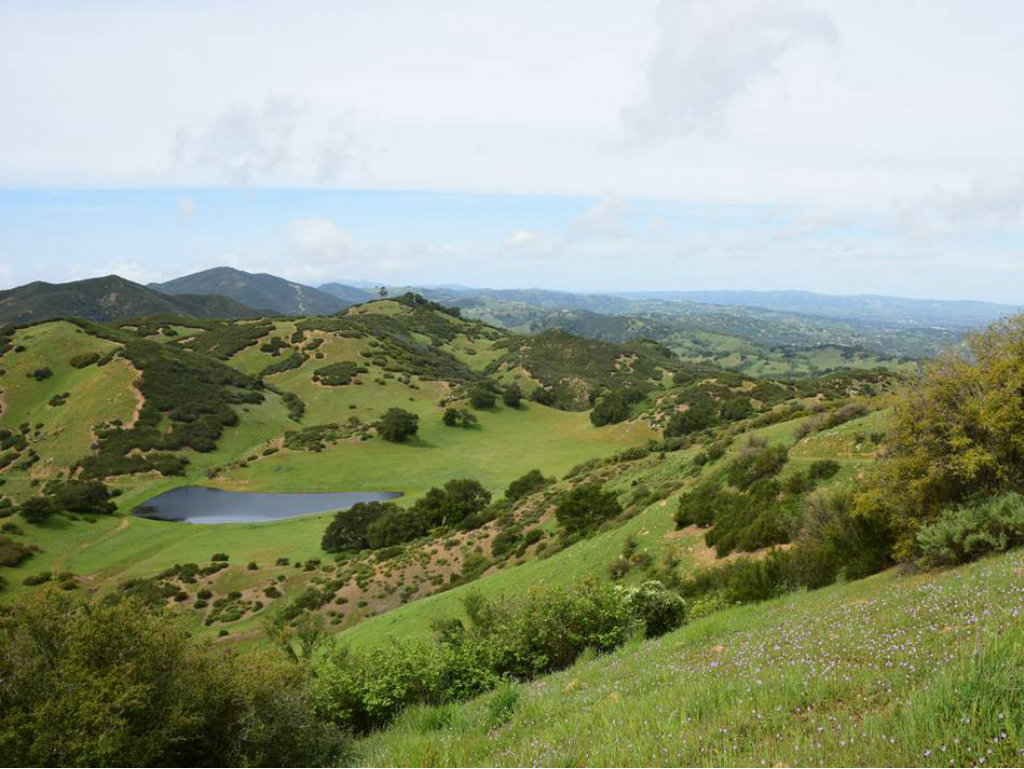Landowners, Ranchland
- September 5, 2013
-
Views: 156
Land Report 100er: John Riggs

Warning: Undefined array key "separator_height" in /home/domains/dev.landreport.com/public/wp-content/plugins/jet-tricks/includes/addons/jet-unfold-widget.php on line 942

Perpetuating his family’s legacy is at the heart
of this man’s ambitious endeavor.
John Riggs is on a crusade to preserve his family’s Arizona ranchland, armed with a plan to match his legacy. At play is some 100,000 acres in the southeastern corner of the state, specifically, Cochise County. In 1879, Riggs’s great-grandfather, Brannick Riggs, settled in the foothills of the Chiricahua Mountains and, with his children, assembled roughly 275,000 deeded acres. Over time, a large portion of their lands was sold. The remaining acreage is now owned by his descendants.
A conversation with siblings about dividing the ranch prompted Riggs’s strategy. “This happens to many ranching families sooner or later,” he says. “You can only pass ranches down so many generations before they get so small that it’s impossible to ranch and there’s nothing to do but sell. All that family ranchland out there is wide open, undeveloped, and I’m trying to keep it as much that way as I can. From my passion of maintaining this open space and the pressures of increasing population, increasing interest in the Southwest, and increasing difficulty in maintaining sustainable ranching on smaller-size ranches came the idea of developing a small, dense, sustainable community that would provide ongoing revenue for current and future generations. The remaining ranch, approximately 90 percent of the total, will be preserved for ranching.”
Riggs took his concept of two model communities to the University of Arizona School of Architecture, where he earned his degree in the 1960s.
“They were interested in designing master plans as class projects, which was what I had hoped for,” he says. For Brannick, the first community, Riggs found a grant through the Urban Land Institute, and a student prepared the master plan as her thesis. The second, smaller community, The Mare Pasture, will integrate agriculture through grass-fed beef, a vineyard, orchards along streets and parks, gardens, and greenhouses.
Says Riggs, “My reason for developing smaller satellite communities to Brannick was this: When Brannick is fully developed, the tendency will be to grow and expand. If it doesn’t continue to grow in some form, then it will stagnate and die. I don’t want Brannick, when it’s successful, to grow physically by sprawling and taking over more of the landscape. My idea is to develop smaller satellite communities that link back to Brannick. The Mare Pasture will be one of those communities.”
Riggs’s concept also considers family members who own surrounding ranches. They might feel the need to sell. Like him, however, they may want to preserve their ranchland and the ranching lifestyle.
“One of my ideas is to provide a source of annual revenue to each ranch owner who places a conservation easement on their ranch. Right now I’m working on developing a fund for these easements. It’s been a fun process, kind of like herding cats, but the end result I think will be well worth the effort.”
Warning: Undefined array key 0 in /home/domains/dev.landreport.com/public/wp-content/plugins/elementor-pro/modules/dynamic-tags/acf/tags/acf-url.php on line 34
Warning: Undefined array key 1 in /home/domains/dev.landreport.com/public/wp-content/plugins/elementor-pro/modules/dynamic-tags/acf/tags/acf-url.php on line 34
RELATED ARTICLES
2012 Land Report 100: Scott Family
No. 42 Scott Family 220,000 acres The Padlock Ranch dates back to 1943 when Homer …
California's Eagle Ranch Donates 3,255-Acre Easement
A Central Coast ranching family has donated a significant conservation easement on the southern half …
Land Report February 2014 Newsletter
Ranch sales, auction results, ag projections, and Congressional inaction – we’ve got all of the …
Elk Creek Ranch Acquires Seven Lakes
For those who are passionate about outdoor pursuits, the next great adventure can’t come soon enough.





